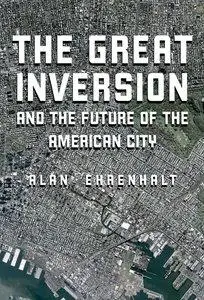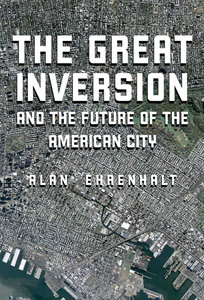Alan Ehrenhalt, "The Great Inversion and the Future of the American City"
English | ISBN: 0307272745, 0307474372 | 2012 | EPUB | 288 pages | 6 MB
English | ISBN: 0307272745, 0307474372 | 2012 | EPUB | 288 pages | 6 MB
Eye-opening and thoroughly engaging, this is an indispensible look at American urban/suburban society and its future.
In The Great Inversion, Alan Ehrenhalt, one of our leading urbanologists, reveals how the roles of America’s cities and suburbs are changing places—young adults and affluent retirees moving in, while immigrants and the less affluent are moving out—and addresses the implications of these shifts for the future of our society.
Ehrenhalt shows us how the commercial canyons of lower Manhattan are becoming residential neighborhoods, and how mass transit has revitalized inner-city communities in Chicago and Brooklyn. He explains why car-dominated cities like Phoenix and Charlotte have sought to build twenty-first-century downtowns from scratch, while sprawling postwar suburbs are seeking to attract young people with their own form of urbanized experience.
From Booklist
In the future, American cities could look like late-nineteenth-century Vienna, with lively, affluent metropolitan core areas and the lower classes consigned to life in peripheral suburbs. Such cities will go well beyond gentrification and involve the displacement of the poor in inner-city areas by the wealthy, according to urbanologist Ehrenhalt. He details how the trend toward such cities is already apparent in Chicago, Atlanta, Washington, Houston, and other metropolitan areas. Drawing on census data and economic research, he examines the factors behind the trend, including mass transit, retail and housing development in downtown locations, and the declining appeal of long commutes to distant suburbs. Ehrenhalt also offers detailed portraits of the future of suburban sprawl in areas struggling to re-create the appeal of cities by developing more accessible commercial zones. This is an engaging look at demographic changes that promise a very different future for cities and suburbs. –Vanessa Bush



